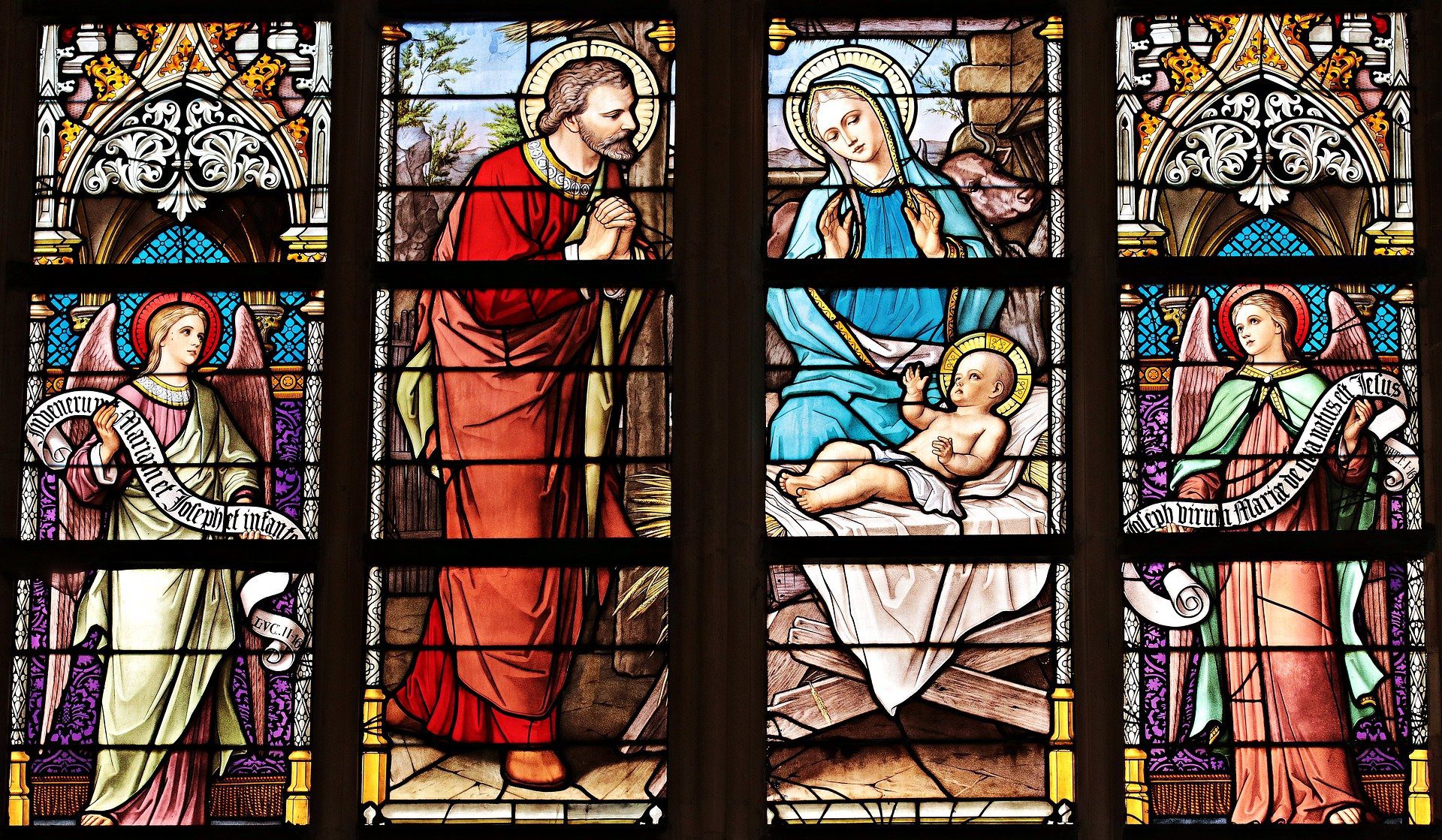The Praesaepe
The Praesaepe

The Nativity Scene may be one of the oldest forms of characterization of Christmas.
The word praesaepe means “a place where cattle are gathered; corral, stable”. However, this is also the designation given to the artistic representation of the birth of the Child Jesus in a manger.
Christians have celebrated the memory of the Child Jesus’ birth since the end of the III Century. However, the tradition of the nativity scene in its current form has its origins in the XVI century.
Before this time, the birth and the adoration of the Child Jesus were represented in a different way. The first images of what is today known as the nativity scene were created in mosaic inside churches and temples in the VI century and, in the following century, the first replica of the grotto in the West was built in Rome.

The beginning of the tradition…
In 1223, Saint Francis tried to revive the occasion of the Child Jesus’s birth and celebrated Christmas Eve with his brothers and citizens of Assisi in the forest of Greccio.
Saint Francis was responsible for spreading the idea of creating figures in clay that represented the ambience of Jesus’s birth.
Since then, the tradition of the nativity scene spread around the world creating a link with the Christmas celebration. In the XVIII century the assembling of Jesus’s nativity scene was completely incorporated into the traditions of Naples and the Iberian Peninsula.
In the same century, coming from Naples, the custom of having the nativity scene in the homes with clay or wood figures spread all over Europe. Today, nativity scenes are assembled in Christian churches and homes throughout the world, to remember the birth of the Child Jesus, with images in wood, clay, silver, glass, crystal or plastic, and in various sizes.
Nowadays, old Christmas traditions like the Christmas Tree, Santa Claus, Christmas Eve Dinner, the Nativity Scene and Christmas Carols give form to Christmas celebrations all over the world.









